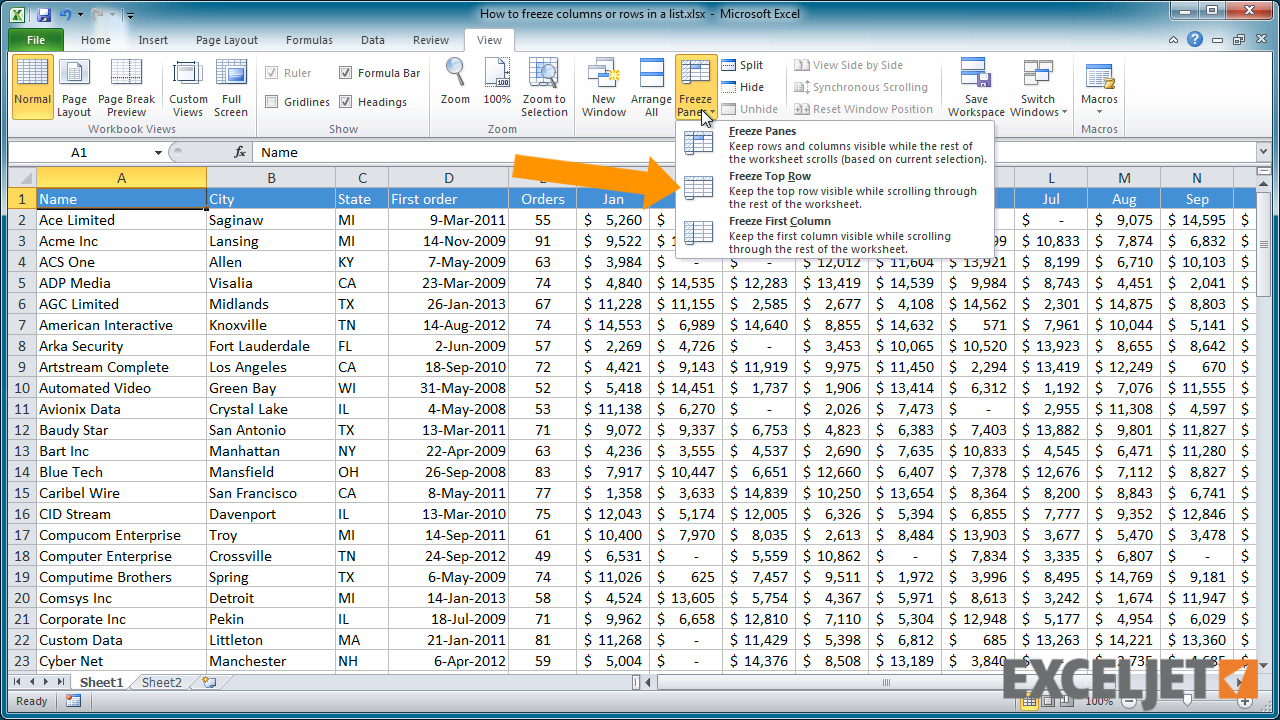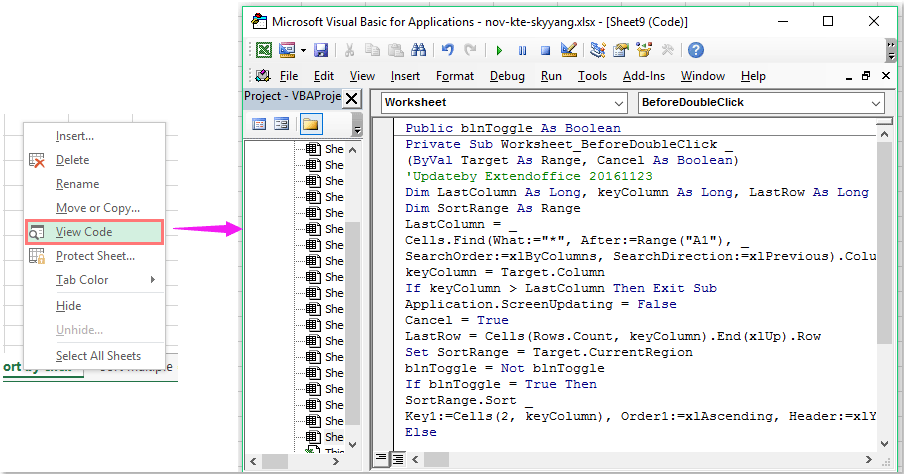
Lock Rows In Excel Mac For Sorting
You can always ask an expert in the Excel Tech Community, get support in the Answers community, or suggest a new feature or improvement on Excel User Voice. Freeze panes to lock the first row or column in Excel 2016 for Mac. Split panes to lock rows or columns in separate worksheet areas. Overview of formulas in Excel. How to avoid.
Hyper-v for macos. Check out the download image and go for it. — Whatever your reason, if you want to get it by pieces, you can do it right here. Just hit the link and begin downloading now.
There are two ways you can sort information in Excel: using the Sort Ascending and Sort Descending tools on the toolbar or by using the Sort dialog box. Using the toolbar tools allows you to do the sort more quickly, but Excel makes a few assumptions in the process.
First, Excel assumes that you want to sort only by the column of whatever cell you have selected. If you want to perform secondary and tertiary sorts on more than one column (or row), you need to use the Sort dialog box.

The second assumption affects exactly what Excel sorts. If you have a single cell selected, Excel extends the selection to select a range (much like pressing Ctrl+Shift+8) bounded by one or more blank columns and rows. It then examines the first row in the selected range to determine if it contains header information or not.
This is where sorting with the toolbar tools can become tricky—your header (assuming you have one) must meet some rather strict guidelines in order for Excel to recognize it as a header. For instance, if there are any blank cells in the header row, Excel may think it isn't a header. Likewise, if the header row is formatted the same as the other rows in the data range, then it may not recognize it. As well, if your data table consists entirely of text and your header row contains nothing but text, Excel will—virtually all the time—fail to recognize the header row. (The row looks just like another data row to Excel.)
Only after selecting the range and determining if there is a header row will Excel do the actual sorting. How pleased you are with the results depends on whether Excel got both the range selection and the header row determination right. For instance, if Excel doesn't think you have a header row, and you do, then your header is sorted into the body of the data; this is generally a bad thing.
To make sure that your data range is recognized correctly, use the Ctrl+Shift+8 shortcut to see what Excel selects; this is what will be sorted. If it doesn't match your expectations, then you need to either modify the character of the data in your table, or you need to select the data range before using the Sort dialog box.
To make sure that your heading is recognized correctly, use the Ctrl+Shift+8 shortcut to select the data range, then look at the first row. If your header has blank cells among those selected in the first row, or the first row is formatted just like the second row, or you have more than one header row selected, then Excel assumes you have no header row at all. To correct this, make changes in your header row to make sure it is recognized properly by Excel.
Finally, all bets could be off if your data table uses multi-row headers. Excel has a hard time recognizing them. You compound the problem when you expect it to include blank rows in that header; it just can't do it automatically. You can, however, simply select all the rows you want to sort before doing the sort. In other words, be specific in what you want Excel to sort; don't let Excel make the assumptions for you.
